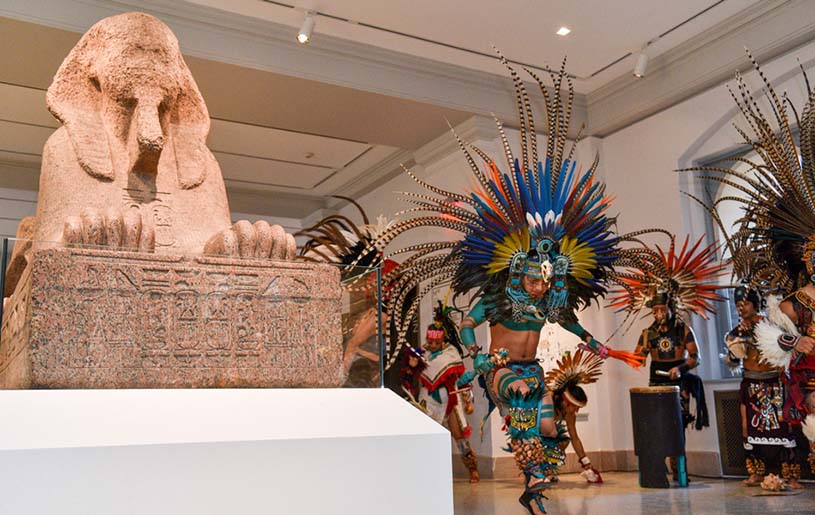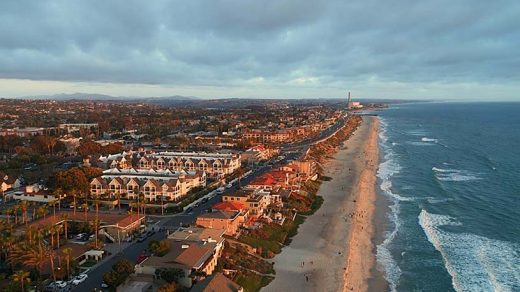Vancouver, as one of Canada’s most naturally charming cities, is rich in mountain and forest resources and is a paradise for hiking enthusiasts. From towering snow-capped mountains to verdant forest trails, Vancouver’s trails will take you into the heart of nature and experience unique natural landscapes and fresh air.
1. Overview of Vancouver Hiking
1.1 Why choose Vancouver as a hiking destination?
Vancouver is a city with diverse natural landscapes, from beaches to mountains, from forests to glaciers, all of which form a vivid picture. For hiking enthusiasts, Vancouver is undoubtedly a dream destination. The mountains, forests and coastal areas around Vancouver provide different challenges and difficulties for hiking. From beginners to experienced hikers, whether it is a gentle lakeside trail or a steep snowy mountain trail, every participant can feel the charm of nature.
1.2 Preparation before hiking
Preparation before hiking is crucial. First, you need to understand the specific requirements of each trail, including length, difficulty, time required and other information. It is recommended that you choose a suitable route according to your physical strength and experience. Secondly, make sure to bring enough water and food, especially when hiking long distances, replenishing energy is essential. Good equipment is also the key to ensuring a smooth hike. Wear comfortable and breathable hiking shoes, carry a suitable backpack, sunscreen and rain gear to cope with Vancouver’s changeable weather.
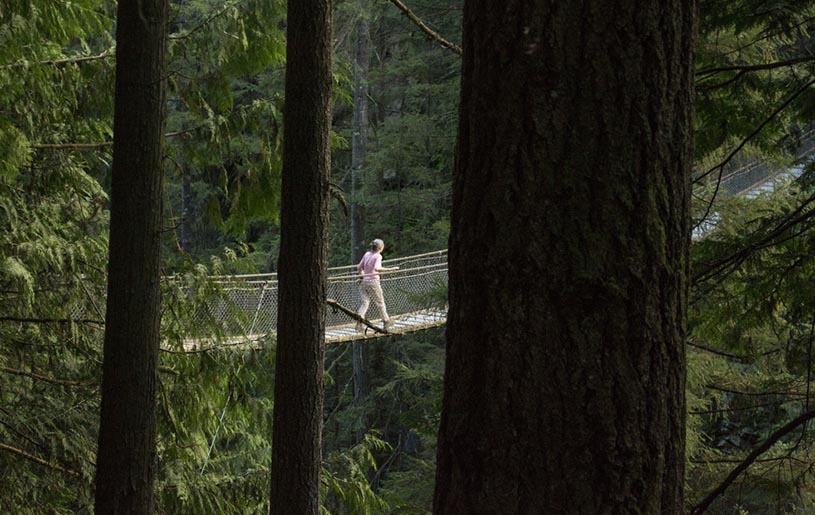
1.3 Safety reminders and suggestions
Many hiking trails in Vancouver are located in remote mountains or forests. It is recommended that tourists inform others of your itinerary before hiking and ensure that your mobile phone is fully charged, just in case. Some alpine hikes require strong physical strength. If you feel uncomfortable or the weather turns bad, return in time. When hiking in winter, pay special attention to the dangers of snow and ice. It is best to carry crampons or other anti-slip equipment.
2. Alpine trail recommendations
The mountains around Vancouver provide hiking enthusiasts with many exciting and challenging trails. Climbing these mountains not only allows you to enjoy the fun of hiking, but also enjoy excellent views at the top of the mountain.
2.1 Grouse Mountain Hike
Grouse Mountain is one of Vancouver’s most famous mountains, with many hiking routes suitable for different levels. The most challenging is the Grouse Grind trail, which is steeper and about 2.9 kilometers long. After reaching the top, you can overlook the magnificent view of downtown Vancouver. Although this trail is known as a “natural gym”, it is also a favorite of many hikers.
2.2 Hiking around Capilano Suspension Bridge
Located on the North Shore of Vancouver, the Capilano Suspension Bridge is a hiking route that combines natural beauty and cultural landscape. The suspension bridge itself is one of Vancouver’s landmarks, but the surrounding trails are also worth a walk. The trail passes through dense forests, with clear streams and abundant vegetation along the way, allowing you to experience the charm of Vancouver’s forests up close.
2.3 Hiking Mount Seymour
Located on the North Shore of Vancouver, Mount Seymour is a very popular hiking spot around Vancouver. The trails of Mount Seymour allow you to enjoy the magnificent mountain scenery during your hike, and there will be abundant wild flowers along the way in spring and autumn. In winter, this is a great place for skiing and snowshoeing.
2.4 Columbia Icefield Trail
The Columbia Icefield Trail is located in the Canadian Rockies and is a very suitable route for experienced hikers. The entire route is about 22 kilometers. The trail crosses glaciers and snow-covered mountains, and you can see spectacular ice fields and polar scenery along the way. In summer, you can also feel the fun of snow hiking here, but in winter, you need to carry anti-skid equipment to ensure safety.
2.5 Mount Waddington Challenge
For experienced hikers, Mount Waddington is a challenging alpine trail. Although this route is very challenging, it also provides a rare mountaineering experience. From the foot of the mountain to the top, you will experience a variety of terrains and climates, and the view after reaching the top will become one of your most unforgettable memories.
3. Forest Trail Recommendation
Vancouver’s forest trails are spread throughout the area and are suitable for hikers of all levels. Most of these trails pass through ancient forests, with abundant plants and animals along the way. The trails are relatively flat, making them a good choice for short hikes and family trips.
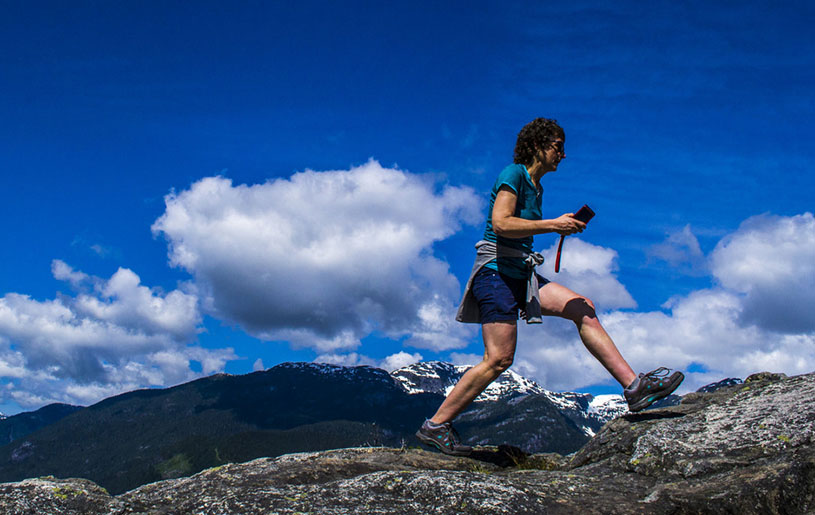
3.1 Lynn Canyon Hike
Lynn Canyon is a picturesque forest trail that passes through dense ancient forests and clear streams. There is a suspension bridge in the canyon, from which you can overlook the beautiful stream and canyon scenery. This place is ideal for family hikes and beginners.
3.2 Capilano River Regional Park Trail
Located on the North Shore of Vancouver, this trail surrounds the Cape of Good Hope and the Capilano River. The trail is flat and perfect for family hikes. There are abundant vegetation and wildlife along the way, making it a good choice for capturing beautiful moments of nature.
3.3 Juan de Fuca Trail on Vancouver Island
The Vancouver Island Coastline Trail is a long-distance trail that runs through the west coast of the island, covering a total of about 47 kilometers. The trail passes through forests, beaches and cliffs, and you can enjoy unparalleled coastal scenery along the way. It is suitable for people who like hiking and challenges.
3.4 Oak Creek Trail in West Vancouver
The Oak Creek Trail is a route suitable for beginners and families. The trail passes through ancient oak forests, and there are many wild animals to observe along the way. It is an ideal route to relax.
3.5 Blueberry Hill Trail around Vancouver
Located in the east of Vancouver, the Blueberry Hill Trail passes through beautiful forests and meadows. It is suitable for travelers who like short hikes. In spring and autumn, blueberry bushes can often be seen here. Hikers can not only enjoy the fun of the trail, but also taste the gifts of nature.
4. Precautions for hiking in winter and spring and autumn
4.1 Challenges and preparations for winter alpine hiking
When hiking Vancouver’s alpine routes in winter, you need to pay special attention to snow and ice conditions. Be sure to wear anti-slip equipment, such as crampons or snowshoes. And pay attention to weather changes. Vancouver’s weather may change suddenly in winter, so be sure to prepare windproof and rainproof clothing.
4.2 Vancouver Hiking Guide in Spring and Autumn
Spring and autumn are the best time to hike in Vancouver. The mild temperature and rich natural landscape are the biggest highlights of hiking during this period. This season is suitable for many forest trails and low-altitude mountain routes, and hikers can enjoy nature in the warm sunshine.
5. Recommended natural attractions and activities around Vancouver
5.1 Camping and picnic sites around Vancouver
In Vancouver, there are places suitable for camping and picnics near many hiking trails. These places are usually far away from the hustle and bustle of the city and provide a perfect environment to get close to nature.
5.2 Lakes and waterfalls: the best hiking spots
There are many lakes and waterfalls around Vancouver, such as Jasper Lake and Thompson Lake, which are suitable for hiking and photography enthusiasts.
5.3 Wildlife in Vancouver: Surprises not to be missed during hiking
There are abundant wildlife on Vancouver’s hiking trails. You may encounter wild animals, abundant birds and various flowers during hiking, which is also a highlight of hiking.
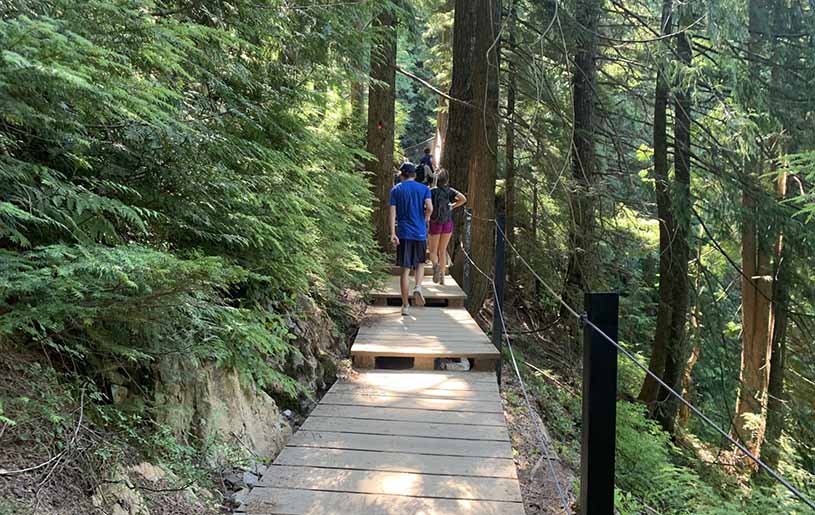
6. FAQs about hiking in Vancouver
6.1 Best time for hiking
The hiking season in Vancouver is generally spring and autumn, when the weather is pleasant and the natural landscape is most abundant.
6.2 Difficulty levels of hiking in Vancouver
The hiking routes in Vancouver vary in difficulty, from easy forest trails to challenging mountain trails. Hikers can choose the appropriate route according to their own abilities.
6.3 Essential hiking equipment
The essential equipment for hiking includes suitable hiking shoes, comfortable clothes, enough water and food, sunscreen, maps and first aid kits.
6.4 How to choose a suitable hiking route
The choice of a suitable hiking route should be determined by your physical strength, experience and the required travel time. Beginners can choose a gentler trail, while experienced hikers can challenge the mountain route.
Hiking in Vancouver provides you with the opportunity to get close to nature, relax in the quiet forest, and experience the purity and beauty away from the hustle and bustle of the city. Whether you are a novice hiker or an experienced climber, Vancouver’s rich trail system can meet the needs of different levels. From relaxing lakeside trails to challenging alpine routes, each trail has its own unique charm.
Before setting off, it is very important to be fully prepared. Choose a route that suits you, bring the necessary equipment, ensure sufficient water and food, and master some basic safety knowledge, which will make your hiking smoother. Every hiking trip is a baptism of body and mind, walking into the embrace of nature to discover the unknown beauty and tranquility of Vancouver. Every trail in Vancouver will leave you with an unforgettable memory.

